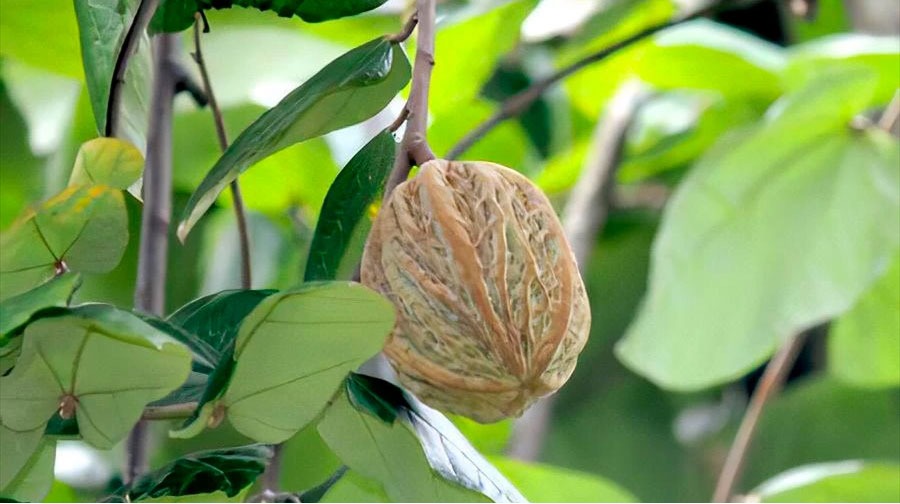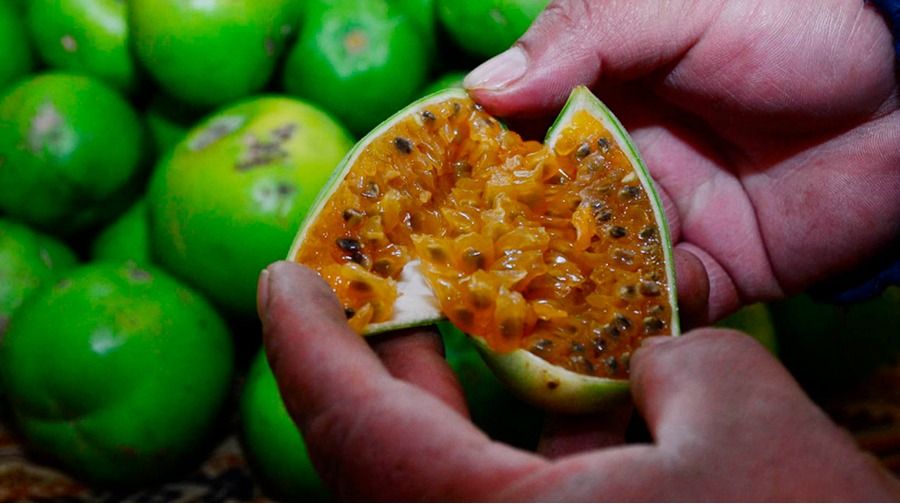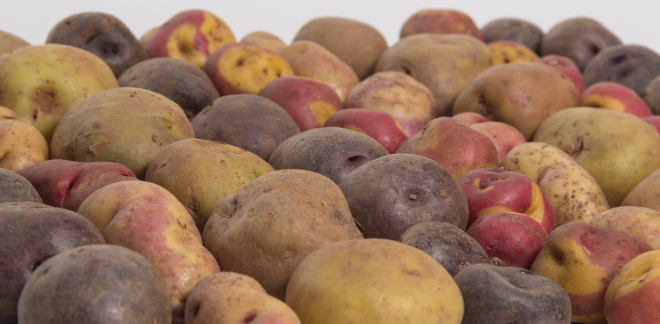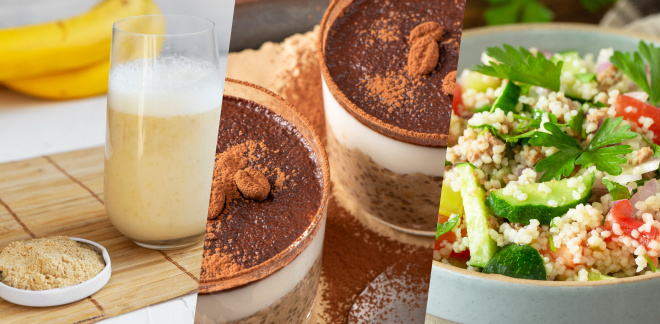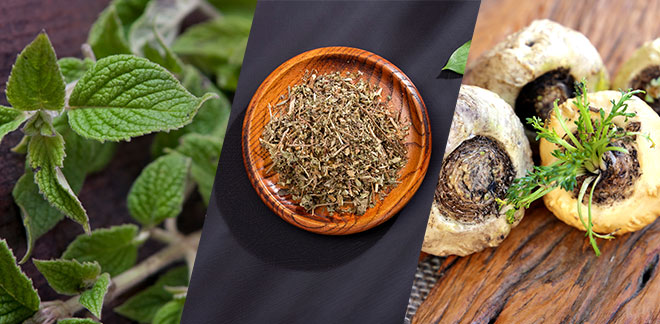Fun facts: 5 fruits of the jungle that you didn’t know about
Síguenos en:Google News
Macambo, umari, ungurahui, maushan and tumbo. The jungle hides unique flavors that all Peruvians should know.
Peru’s megadiversity is incomparable! According to the Ministry of Agrarian Development and Irrigation (Midagri), more than 160 fruit species have been identified only in the Amazon regions and more than 100 of them are traded in markets. Our country is a world power in the cultivation and export of fruit to the entire planet, and its production already represents 38% of the country’s total agriculture.
Among this enormous and delicious variety are the SUPER FOODS PERU such as aguaymanto, camu camu, granadilla or mango. However, there are also less well-known fruits hidden in the dense Peruvian Amazon. Many of them are cultivated on a smaller scale or only grow wild, and consumed only by the local population. Because of this, they cannot be found in the markets of the country’s big cities, nor are they known by Peruvians themselves.
If you want to know more about the fruits of the Peruvian jungle, this list includes 5 of them that you probably didn’t know:
MACAMBO
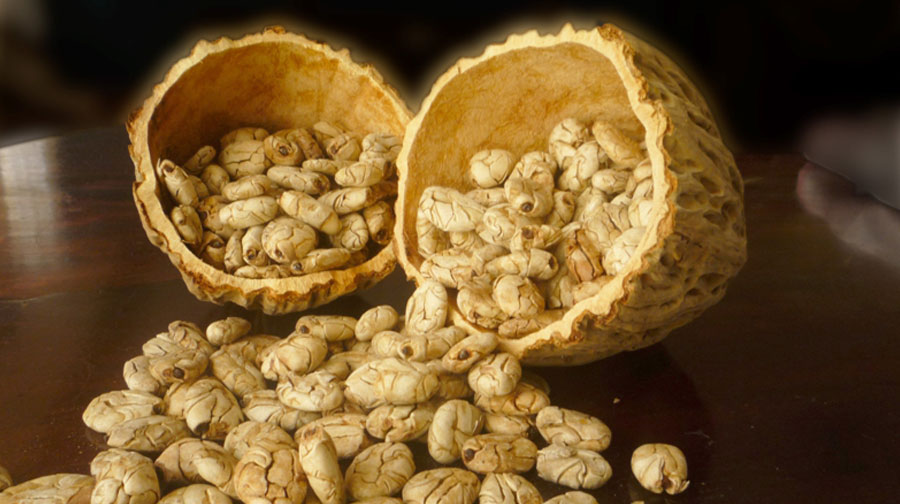
Source: world-xokotl.com
It is a fruit belonging to the cacao family and, depending on the region, it is also known in Kichwa as patasmuyo. Its pulp can be eaten fresh or used for preparing juices and desserts. Its seeds are toasted and consumed as a healthy snack, as they are energizing, rich in protein and fiber.
Its traditional consumption dates back hundreds of years, but recently it is being revalued and has been incorporated in the preparation of desserts or in the elaboration of beverages. There are even brands of macambo-based liquor.
UMARI
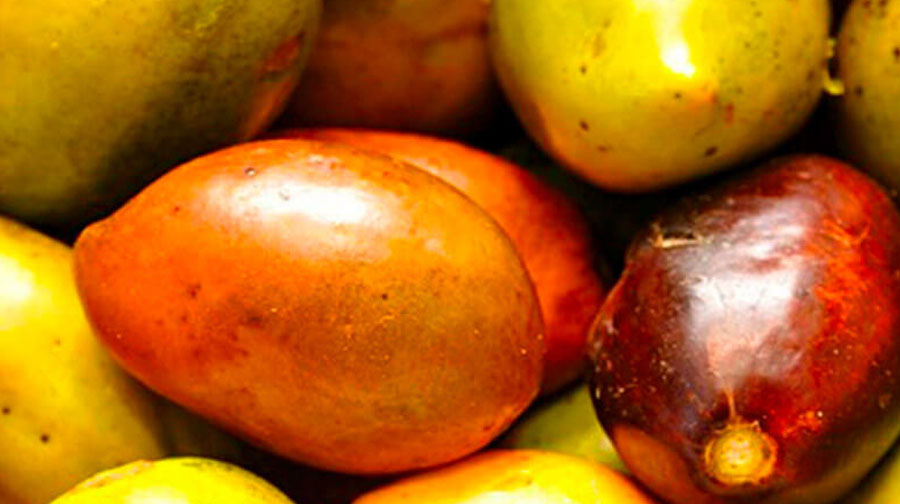
Source: agroperu.pe
Known as the vegetable butter of the jungle, this fruit is part of traditional breakfasts in the Loreto region. The creamy orange-colored pulp, with a very pleasant flavor and aroma, can be consumed directly like any other fruit, in juices, ice cream or desserts. However, the most common way is to spread it on bread, as a healthy and nutritious replacement for butter, because it has a large amount of calcium and vitamin C.
The fruit is highly appreciated and used in its entirety: the seeds are toasted and consumed as a snack and the peel is processed to extract oil for cooking.
UNGURAHUI

Source: nuaperu.com
Ungurahui is a tropical palm tree that reaches 25 meters in height, with bittersweet fruits, approximately 3 cm in diameter, with a dark purple peel and violet pulp. Each ungurahui palm can produce between 3 and 4 bunches, and each bunch has about a thousand fruits.
Thanks to its high content of essential amino acids and proteins, ungurahui is considered one of the fruits with the highest nutritional value, comparable even to meat, legumes and cow’s milk. Throughout the Peruvian jungle, it is consumed fresh, in juices or in the form of ice cream.
MAUSHAN
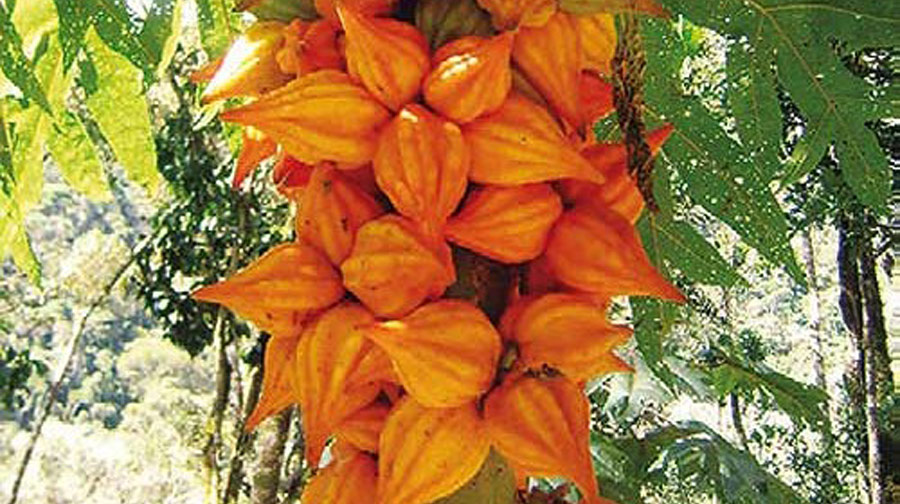
Source: ecured.cu
It has the appearance of a miniature papaya and has a similar and even sweeter flavor. It is usually consumed as a dessert or in the form of fresh fruit to quench hunger and thirst after a long work activity in the field. In recent years, it has also begun to be traded in the form of canned food, jams or dulce de maushan.
Its aroma is pleasant as well as its flavor. But not only is it delicious, it also provides much needed nutrients for a healthy diet, as maushan contains vitamins A and C, as well as essential oils.
TUMBO
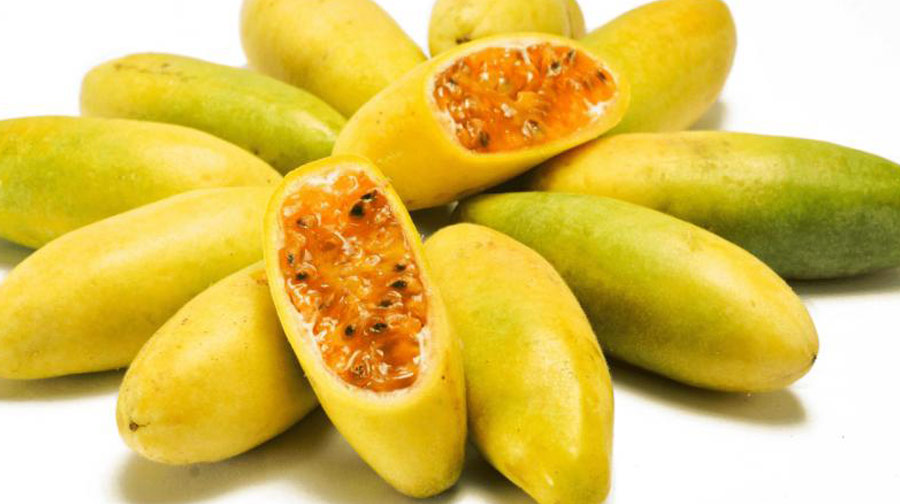
Source: agraria.pe
It grows both in the high jungle and in the Andean areas of the country. The pulp is firm, fleshy and with small black seeds. The pulp is yellow or orange colored. Although it is not well known in Peru, it is highly appreciated by foreigners, as its flavor is described as exotic, soft, pleasant, fragrant and slightly acidic.
In addition, it is especially nutritious, as it has a high content of calcium, phosphorus, iron, vitamins A, B1, B2 and B3.


